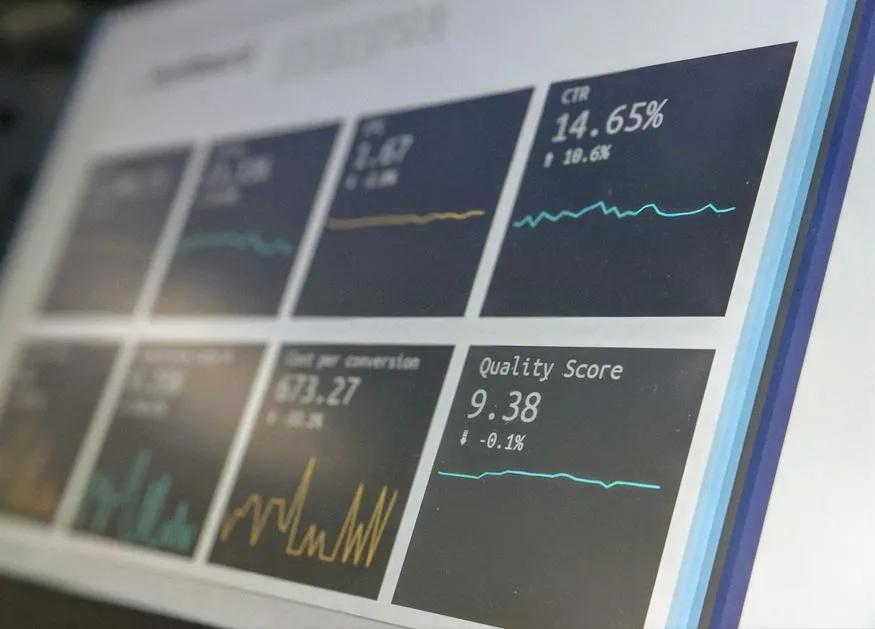Summary
• Elong Power Holding Limited (ELPW) stock increased 14.7% in pre-market trading to $0.2337, despite lacking new catalysts.
• The stock has declined 94% over the past six months, with a 52-week low 40.32% below current prices.
• ELPW faces scrutiny for NASDAQ non-compliance due to a closing bid price below $1.00 per share but this has not influenced today’s price movement.
Elong Power Holding Limited (ELPW) is seeing a notable increase of 14.7%, with its pre-market price reaching $0.2337 compared to the last close of $0.2037. This uptick comes amid routine trading conditions, as no new catalysts have been identified to explain the shift.
Market Reaction
Despite the recent rise, the company’s stock has been under pressure, evidenced by its performance metrics. The 52-week low sits at a striking 40.32% below current prices, while the stock has dropped 94% over the past six months. The recent uptick appears to be a response to broader market conditions rather than a specific trigger.
Performance Snapshot
Currently, ELPW’s average volume over the past 10 days stands at 232,572 shares, starkly lower than its 3-month average of 3,130,518 shares, suggesting thinner trading activity. The stock has struggled historically, with a 200-day simple moving average (SMA) indicating a 85.9% deviation. The relative strength index (RSI) is positioned at 34.44, reflecting oversold conditions, which could explain the current bounce as traders seek value.
Regulatory Background
In October, ELPW disclosed it received a notification from NASDAQ regarding non-compliance with listing rules due to a closing bid price below $1.00 per share for over 30 consecutive days. This has placed the company under scrutiny, further complicating its market positioning. However, this earlier news has not resulted in today’s movements.
Current Report (8-k)
Annual Report (10-k)
Technical Picture
The volatility metrics indicate a weekly performance decline of nearly 10% and a monthly drop of over 31%. In light of the current pre-market action, traders will be closely observing how the stock maneuvers through this trading period, particularly given its historical volatility levels, which have averaged 11.78%.
With no fresh catalyst in play, the move reflects routine market activity as participants evaluate short-term positioning.








